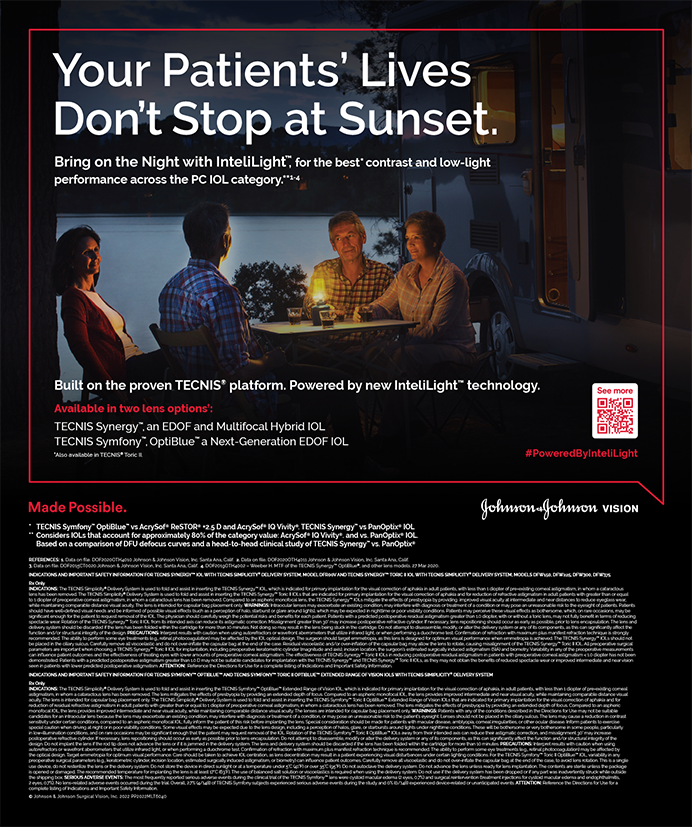During the past several years, there has been a surge in new technology for use during cataract surgery to improve patients’ outcomes. Many of the advances focus on improving refractive outcomes. Biometry and topography devices have been upgraded to provide more accurate measurements of axial length and keratometric values. Intraoperative wavefront aberrometry allows surgeons to take aphakic readings after a cataract has been removed to better understand the refractive power of the eye and select an appropriate IOL. Femtosecond lasers have been incorporated into cataract surgery to decrease astigmatism, improve precision, and reduce intraocular energy requirements. New phaco units have been developed to increase the efficiency and safety of cataract extraction. All of these products have background research and outcomes data analysis to support potential improvements in achieving better outcomes, but these devices require an economic investment.
If you are like me and believe in the value of technology, then you just may invest in all of these items. I can honestly say that my overall outcomes have improved from doing so. In fact, I can recall a case for each piece of technology in which I achieved an excellent outcome that I might not have otherwise. I cannot report with certainty, however, which piece of technology is the most responsible for my improved outcomes. In addition, I realize that some physicians may not be in a position to invest in all of the advances that are currently being offered.
THE QUESTION I POSE IS THIS:
https://www.surveymonkey.com/s/CRST17.
If money were not a concern, and if you could purchase one piece of equipment to improve your cataract outcomes, which technology would it be? Take the survey!
Paul C. Kang, MD, is in private practice at Eye Doctors of Washington in Chevy Chase, Maryland, and is an assistant clinical professor of ophthalmology at Georgetown University and Washington Hospital Center in Washington, DC. Dr. Kang may be reached at (301) 215-7100; pkang@edow.com.


